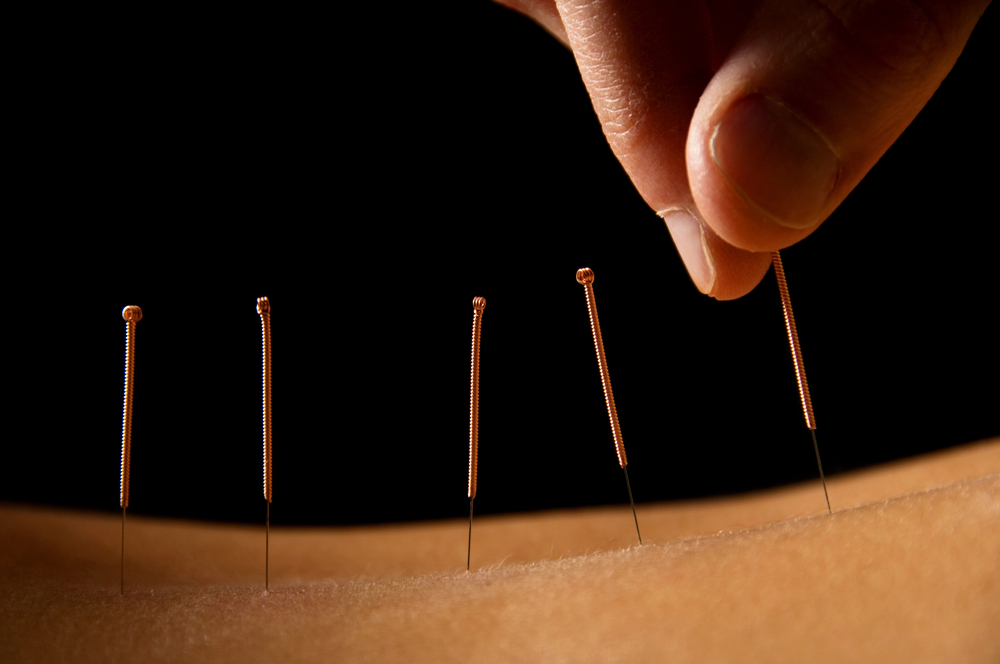
According to Traditional Chinese Medicine principles, acupuncture works to restore the balance of qi (pronounced “chee”) within the body. Qi is considered a vital life force. Disruptions and imbalances in the flow of qi can lead to illness or pain. By inserting needles into specific points along the body’s meridians (energy pathways), acupuncture unblocks or redirects the flow of qi, restoring balance and promoting healing.
Medical science also has some theories as to how acupuncture works. Some of those theories are:
Neurotransmitter Theory: Acupuncture has been shown to stimulate the release of endorphins, serotonin, and dopamine. These substances are known to have pain-relieving and mood-regulating effects, which may contribute to acupuncture’s ability to alleviate pain and improve mood.
Gate Control Theory: According to this theory, acupuncture works by inhibiting the transmission of pain signals to the brain. By activating these “gate control” mechanisms, acupuncture may reduce the sensation of pain.
Neuroplasticity: Acupuncture may also influence the brain’s neuroplasticity, which is the ability of the brain to reorganize and adapt in response to stimuli or injury. Studies have shown that acupuncture can induce changes in brain activity, which may contribute to its therapeutic effects.
Recently, however, researchers are working on what they call the biofield theory; that the body has a low level electrical system outside the electrical system of the nervous system. This system they believe coincides with and operates around the connective tissue of our bodies, even extending beyond the body. Connective tissue is crucial for maintaining the structural integrity of the body and facilitating its various functions. Connective tissue is everywhere in the body and is part of many of its physical components including:
· Loose connective tissue like areolar tissue and adipose (fat) tissue.
· Thin fibrous connective tissue like fascia that surrounds all of the cells, nerves, joints, tissues, tendons and ligaments.
· Dense connective tissue like collagen fibers, tendons and ligaments.
· Cartilage like joints, the nose, and ears.
· Bone
· Blood consists of plasma (a liquid matrix) and various types of cells, including red blood cells, white blood cells, and platelets.
As you can see, connective tissue runs throughout the body allowing a vast network for communication. Researchers believe this network of connective tissue may constitute what we call the meridian system in Chinese Medicine. Running through this system is bioelectricity, a system through which cells communicate with one another and what we might consider Qi. By inserting metal needles into specific points along this system we can redirect the energy in appropriate ways to promote healing.